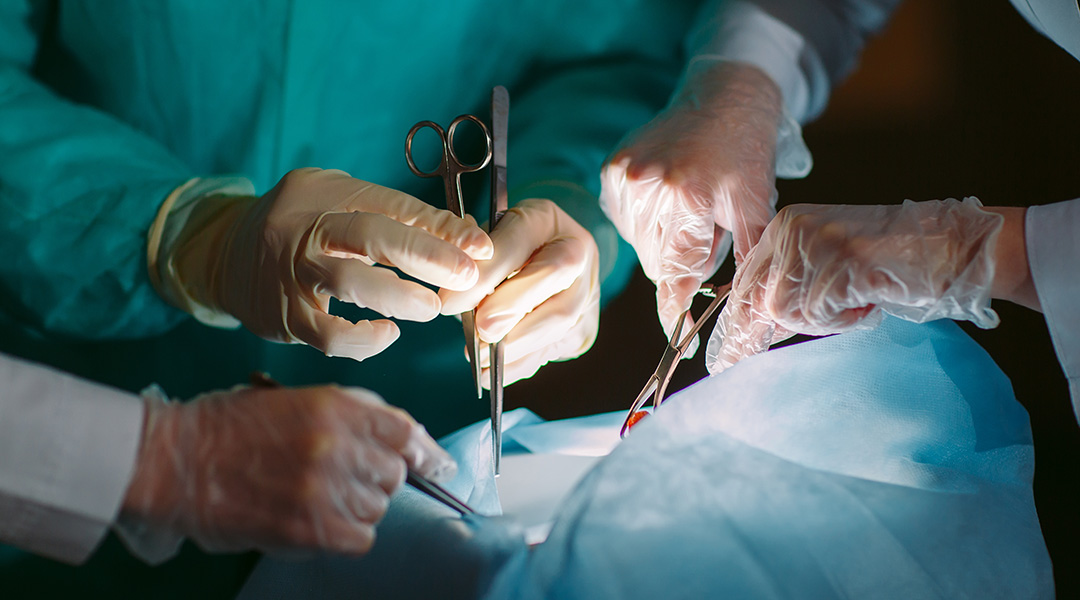In patients with spinal cord injury, an implanted neurotransmitter restored their ability to walk, but underlying reasons were unexpected.


In patients with spinal cord injury, an implanted neurotransmitter restored their ability to walk, but underlying reasons were unexpected.

A new class of artificial blood vessel better mimics its natural counterparts and gets incorporated as a living vessel in the body after implantation.

Made of self-assembling nanoparticles and a microgel, this new material could overcome limitations in 3D bioprinting.

It turns out that a single factor is responsible for ear cell development, which could one day be used to treat disease and malformations.

While radiographic imaging can evaluate bone healing post surgery, a smart, self-aware implant could eliminate unnecessary exposure to radiation.

A virus-based treatment for stroke rebuilds neural connections and vascular networks in the brain.

To avoid the need for repeated surgery, scientists are developing durable artificial heart valves from regenerated tissue.

By changing the blood type in a set of donor lungs, researchers hope to one day create universal donor organs.

A new spinal cord implant was used to heal a severed spine, offering hope that these types of injuries can one day become treatable.

A new hydrogel supports living cells and can withstand dynamic environments to help repair tissue in the heart, muscles, and vocal cords.